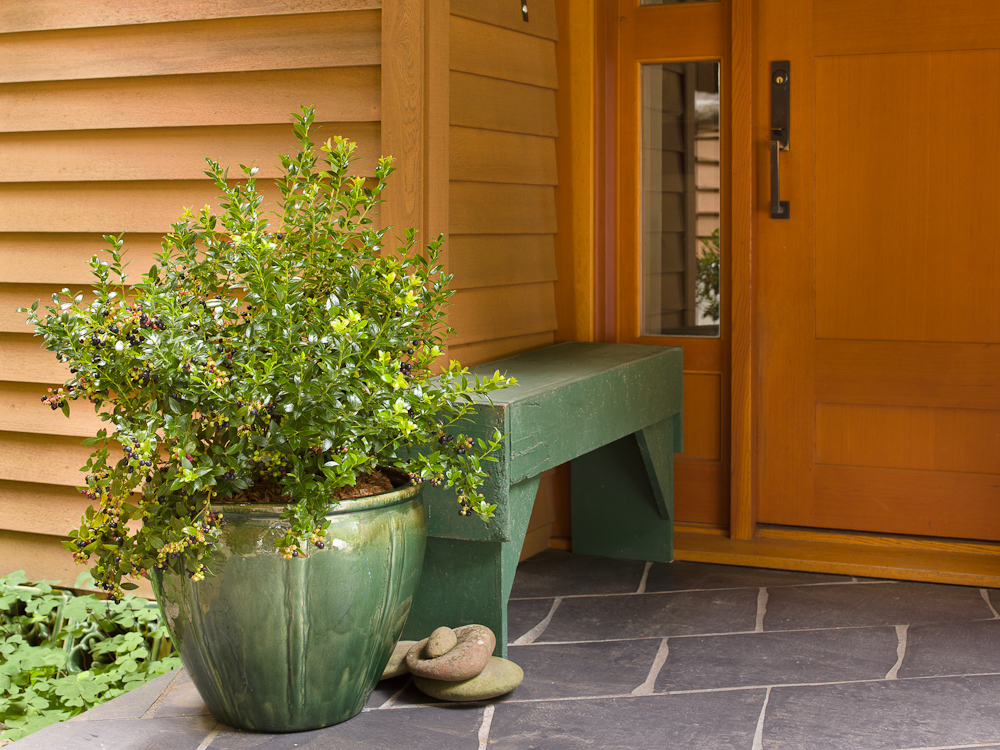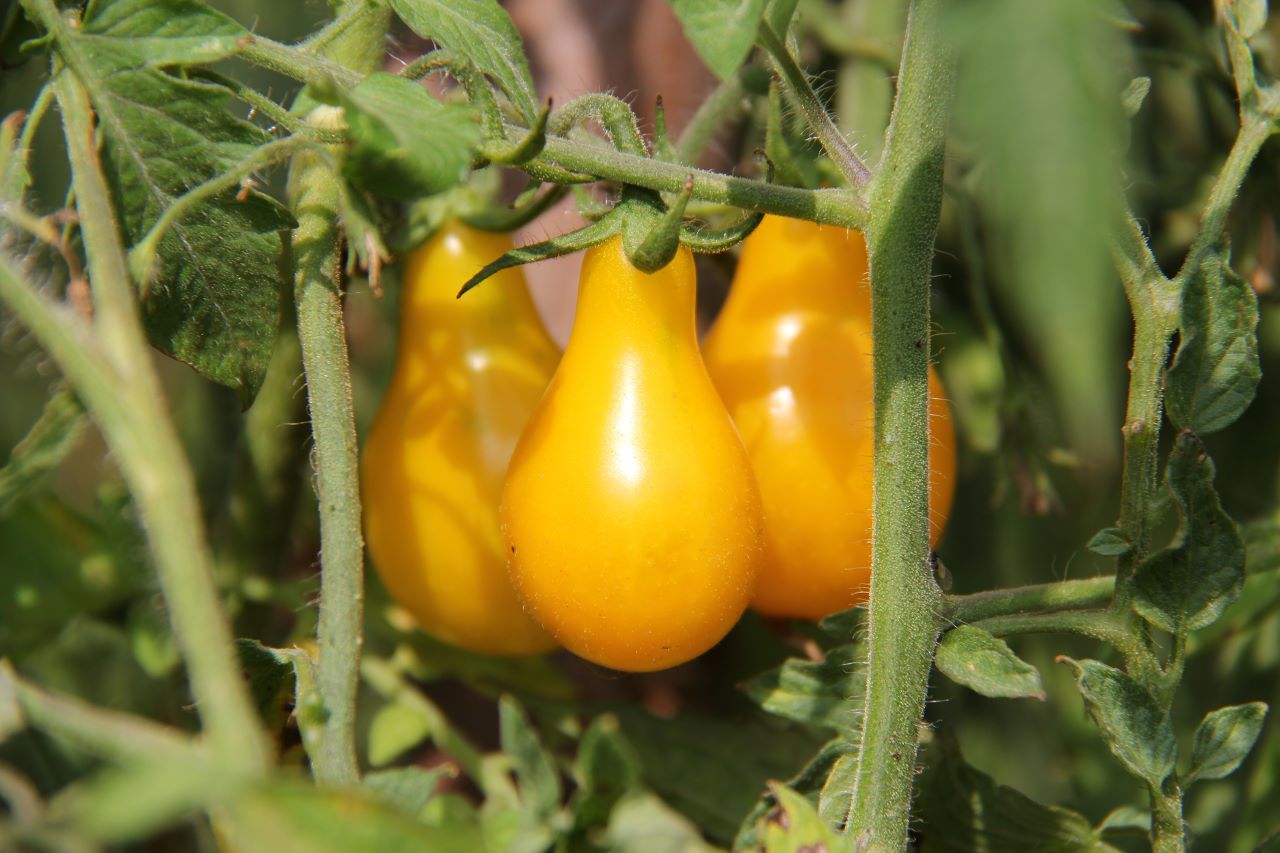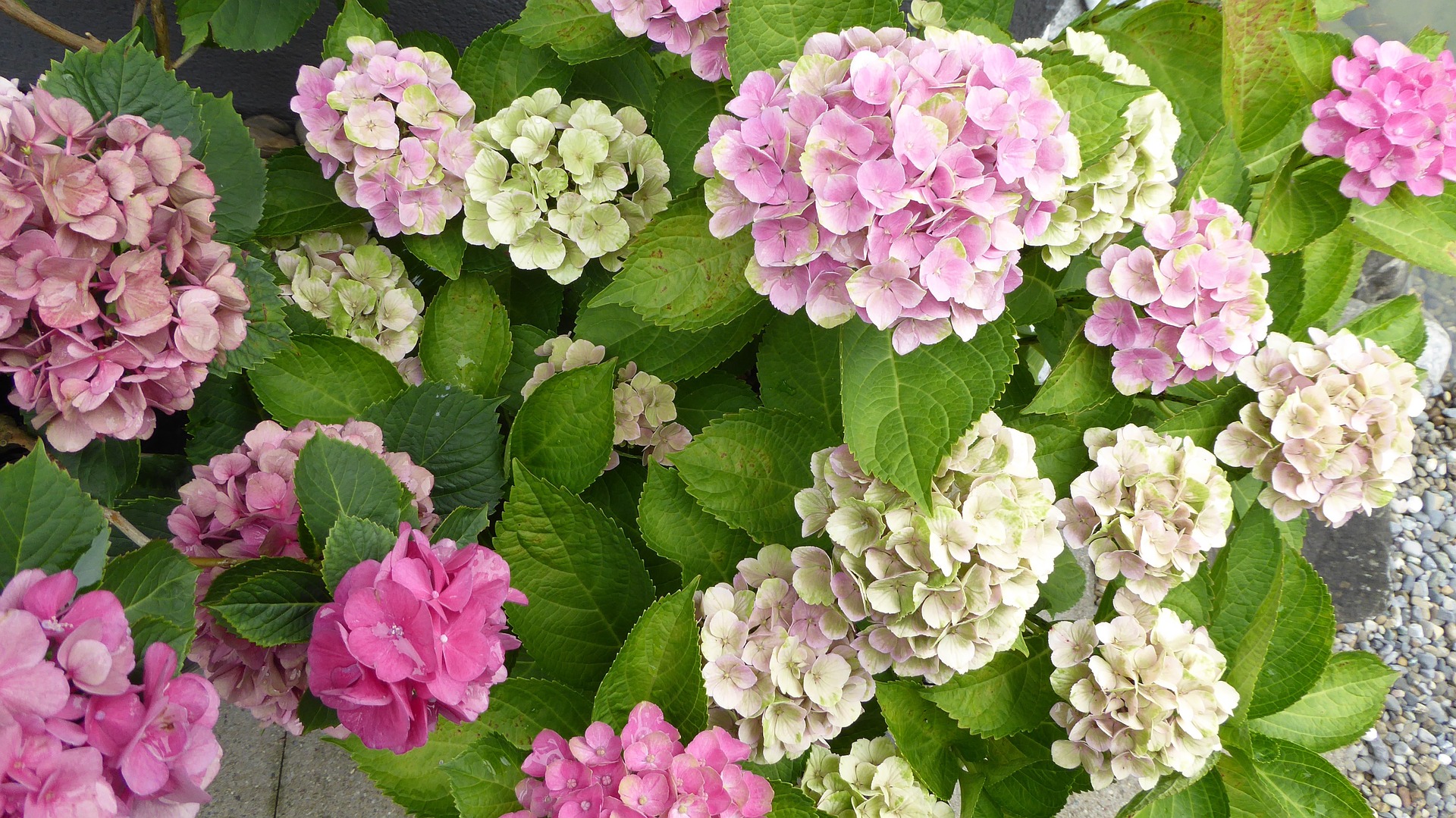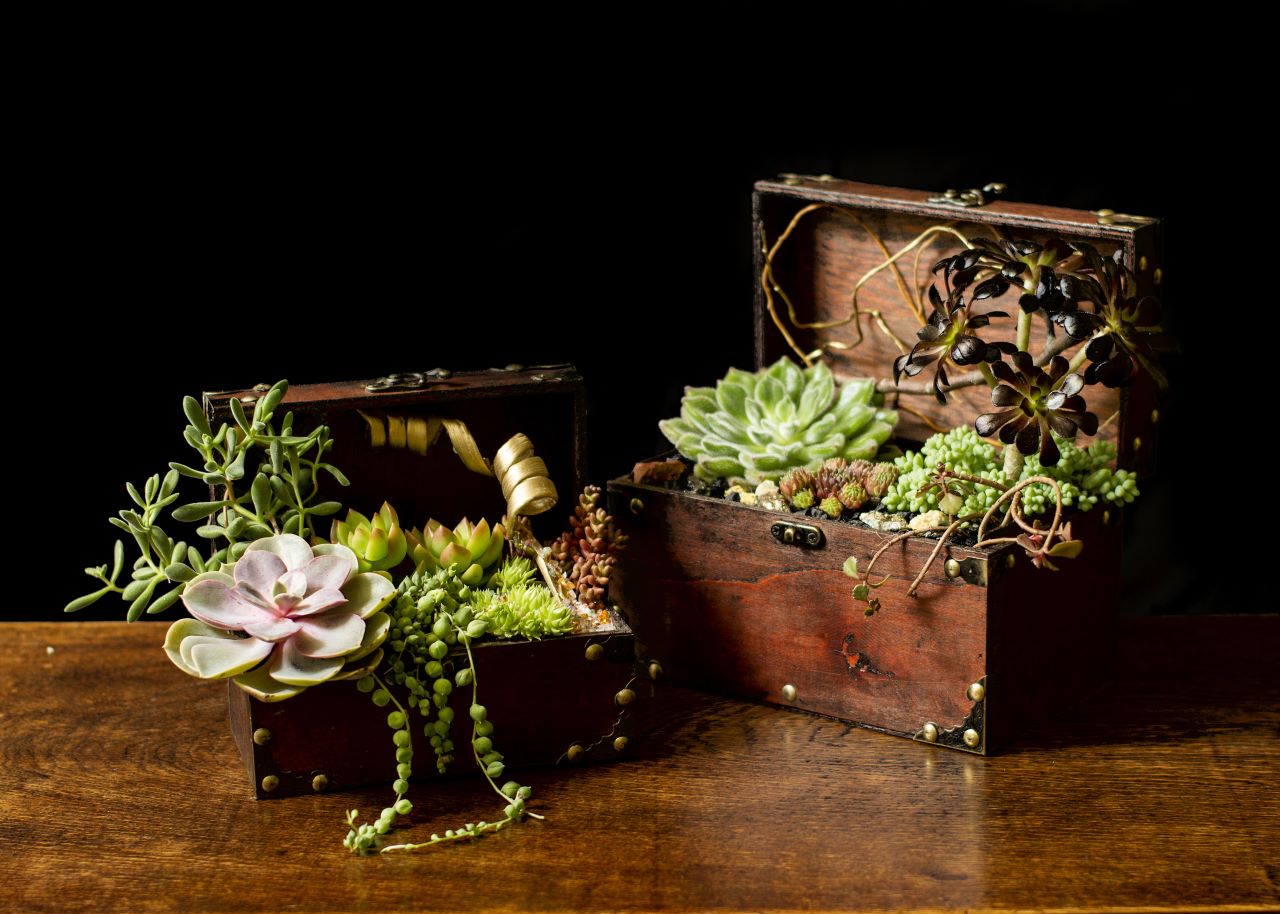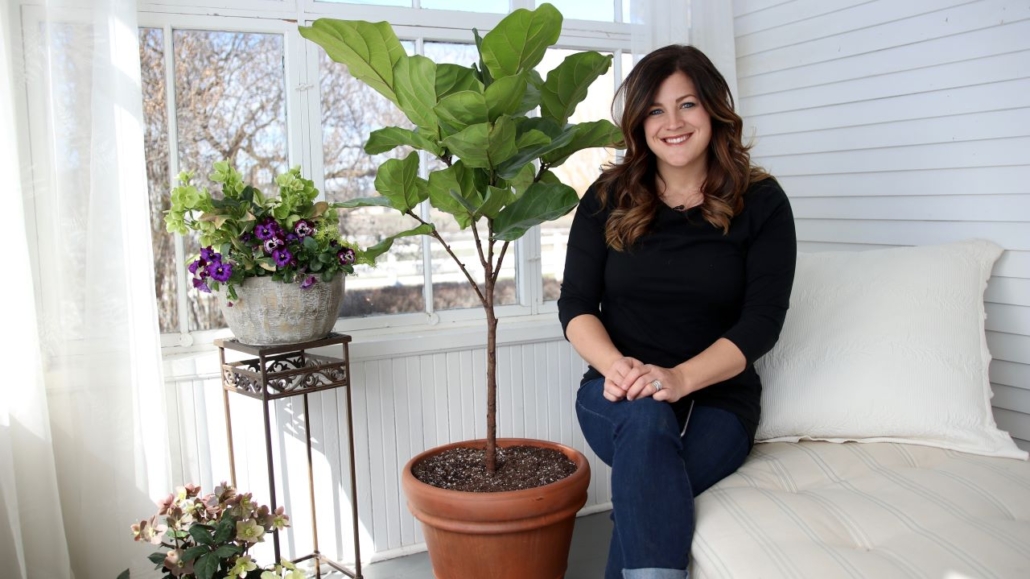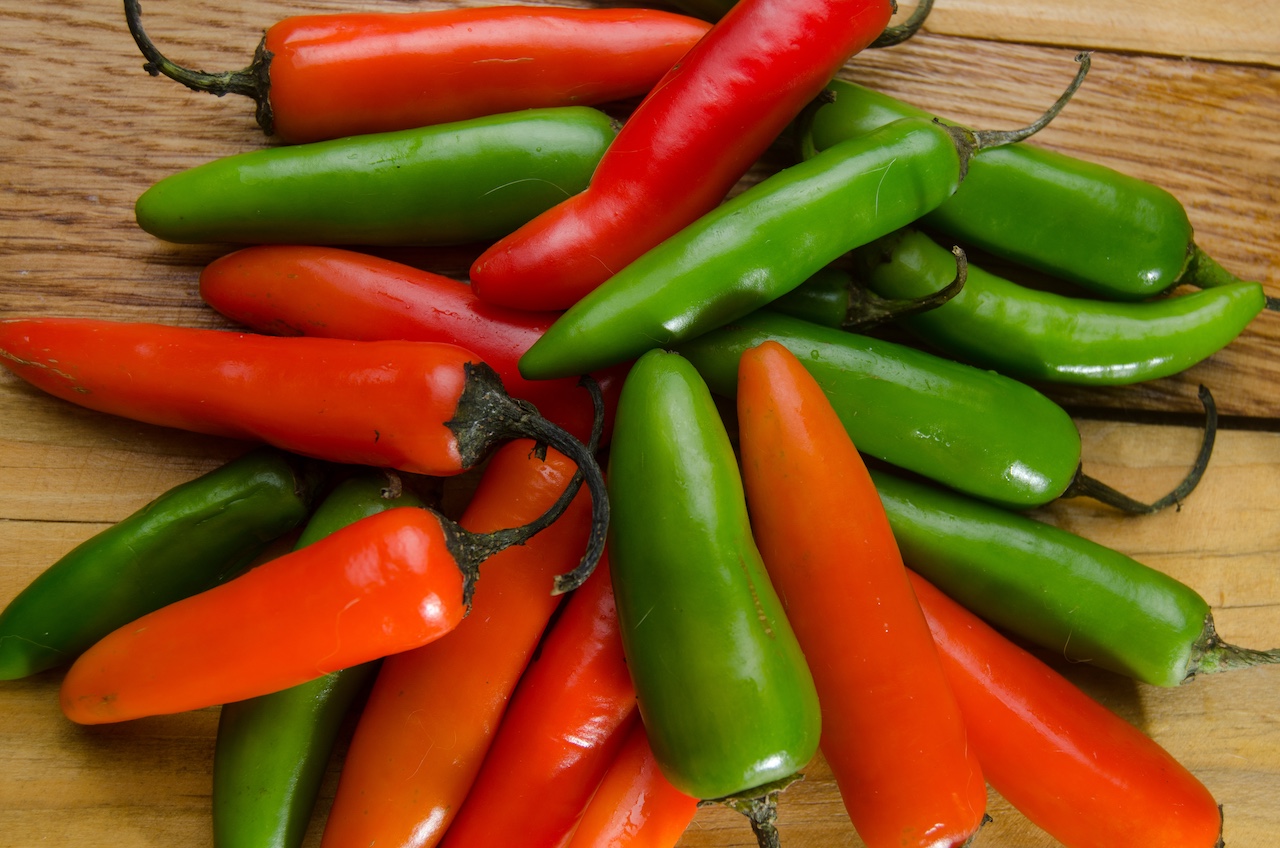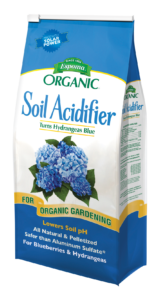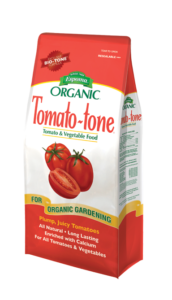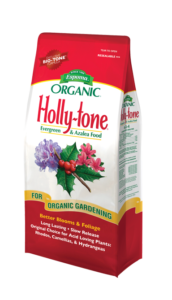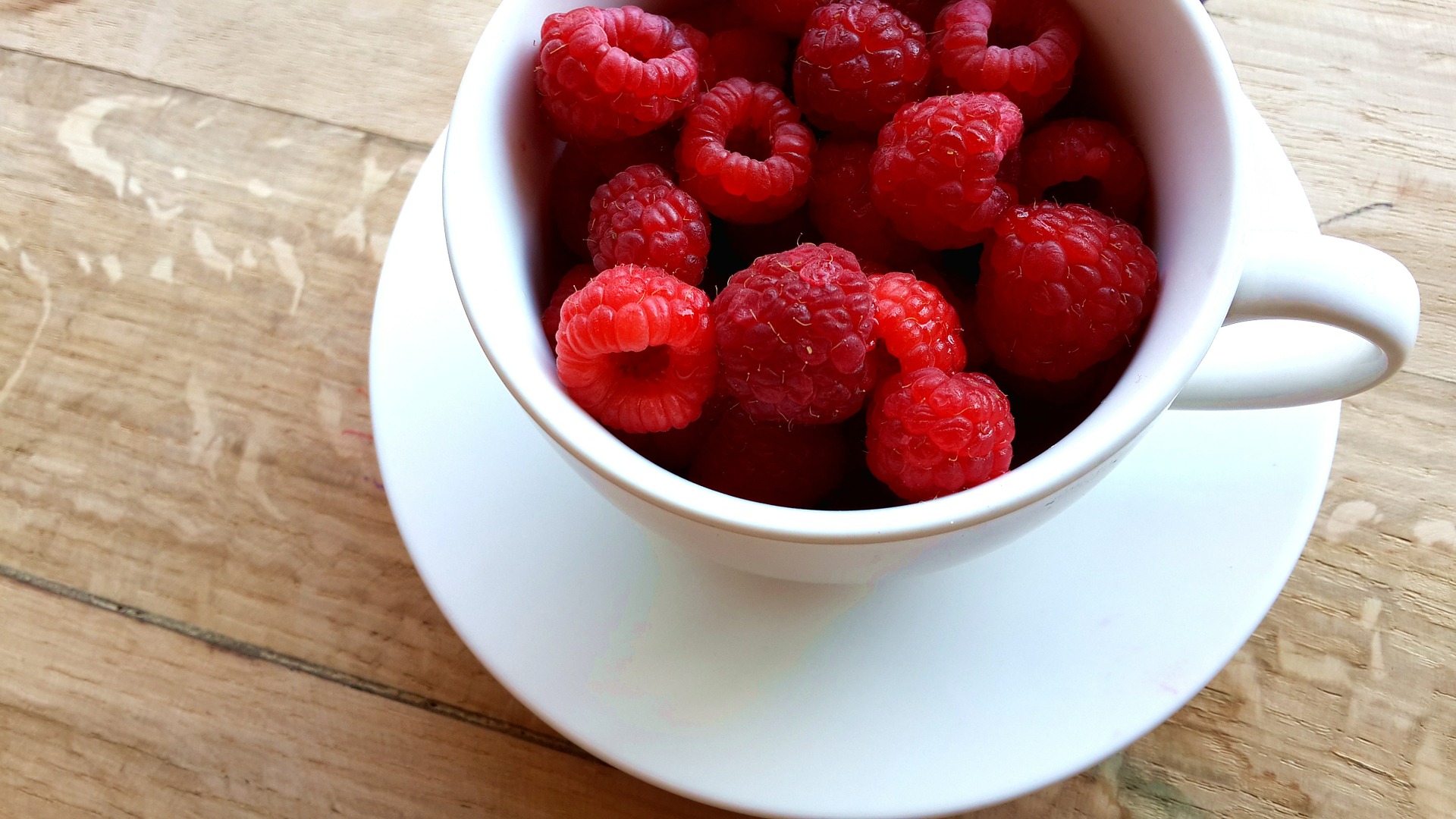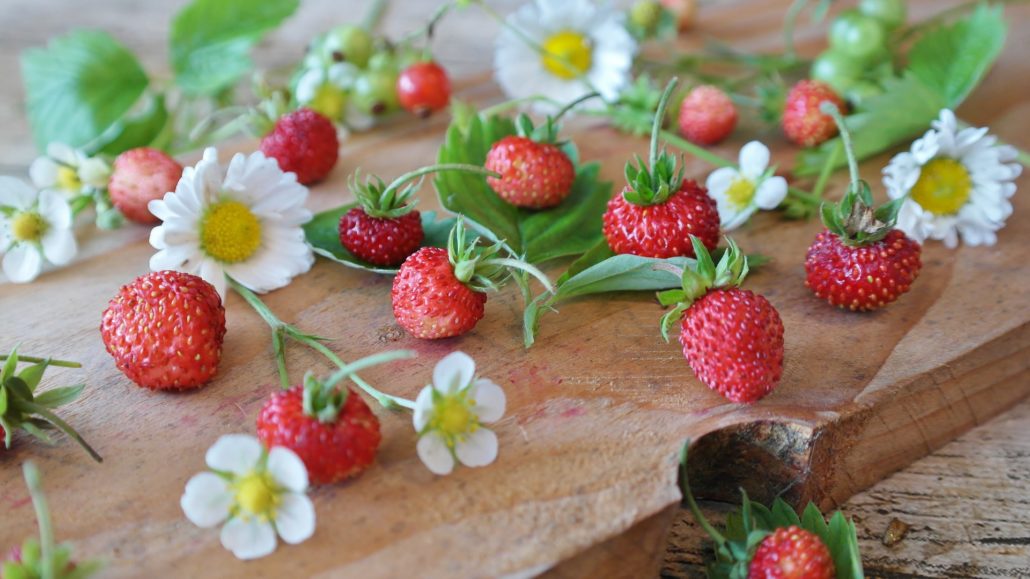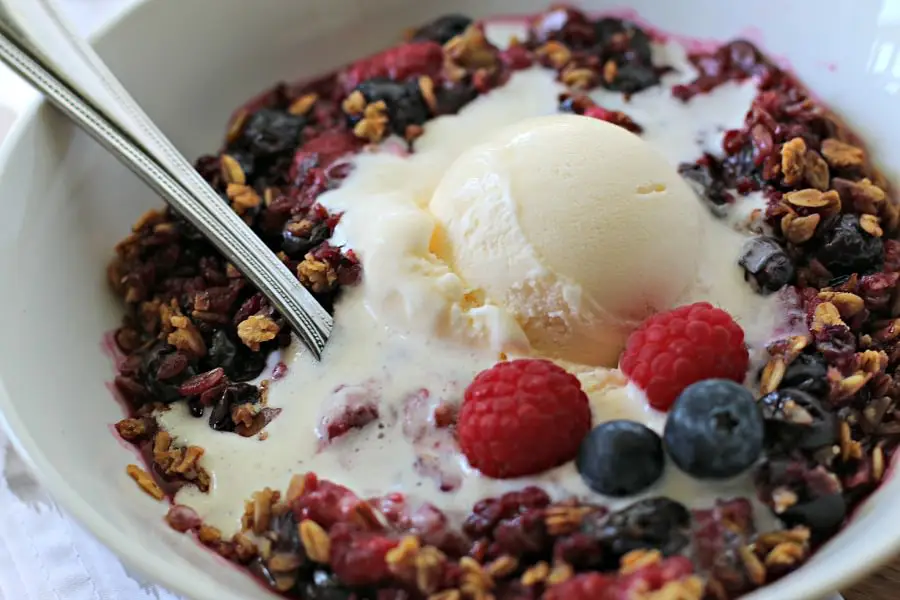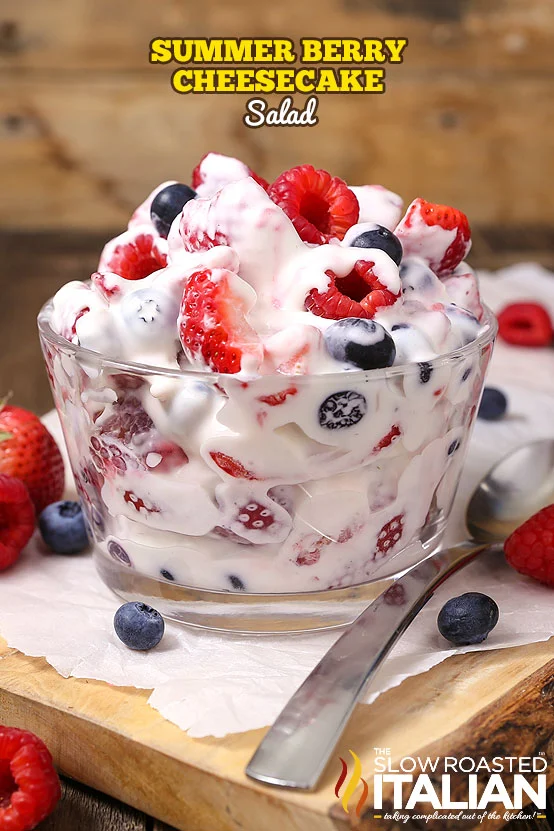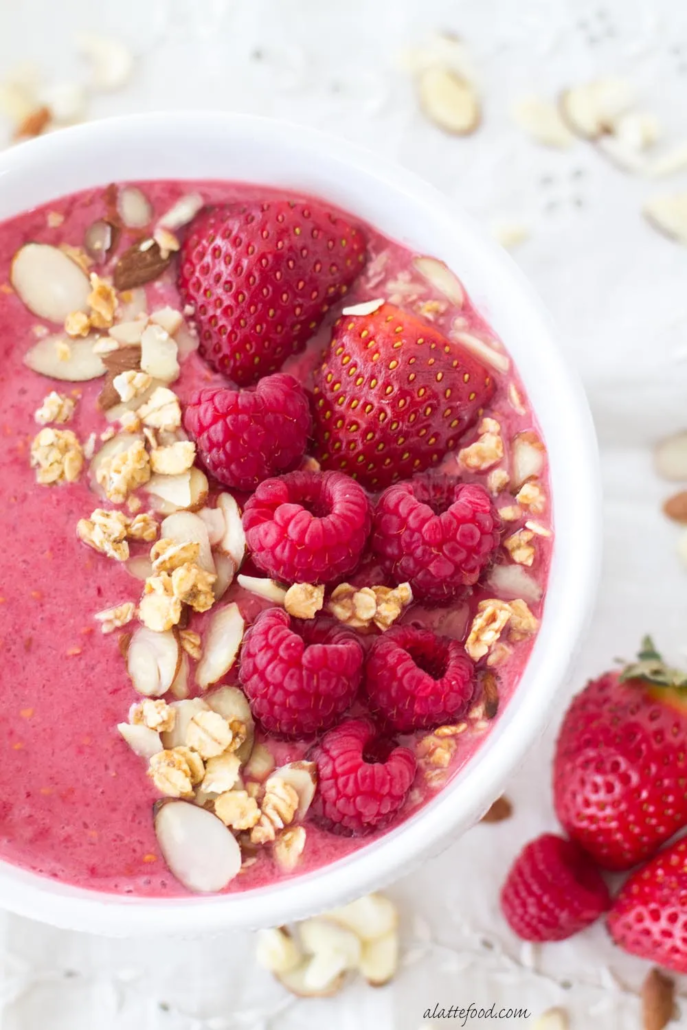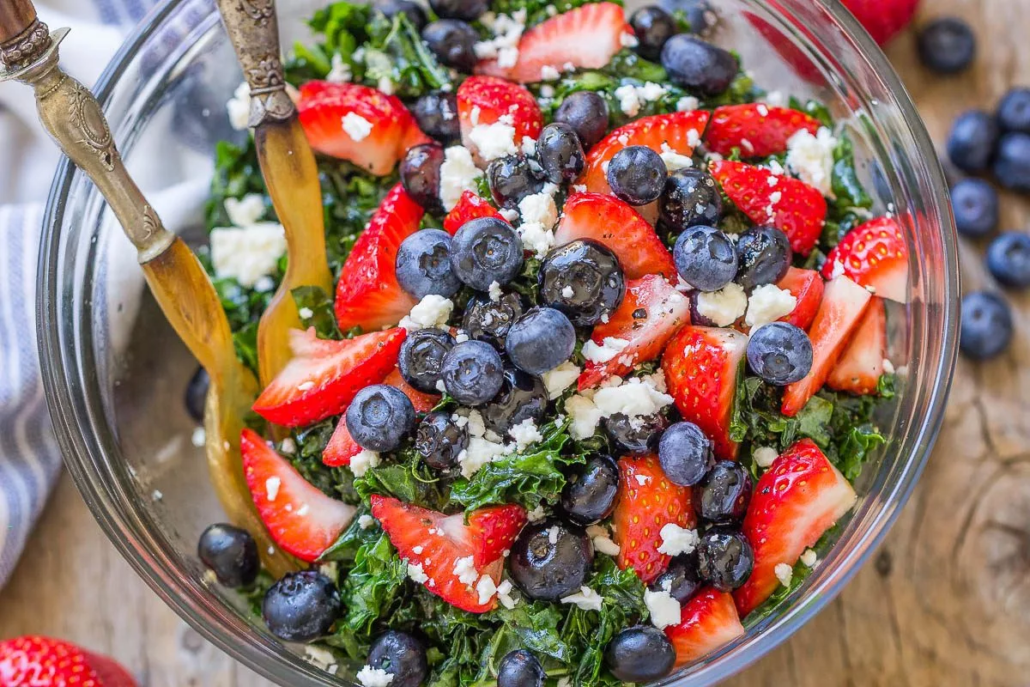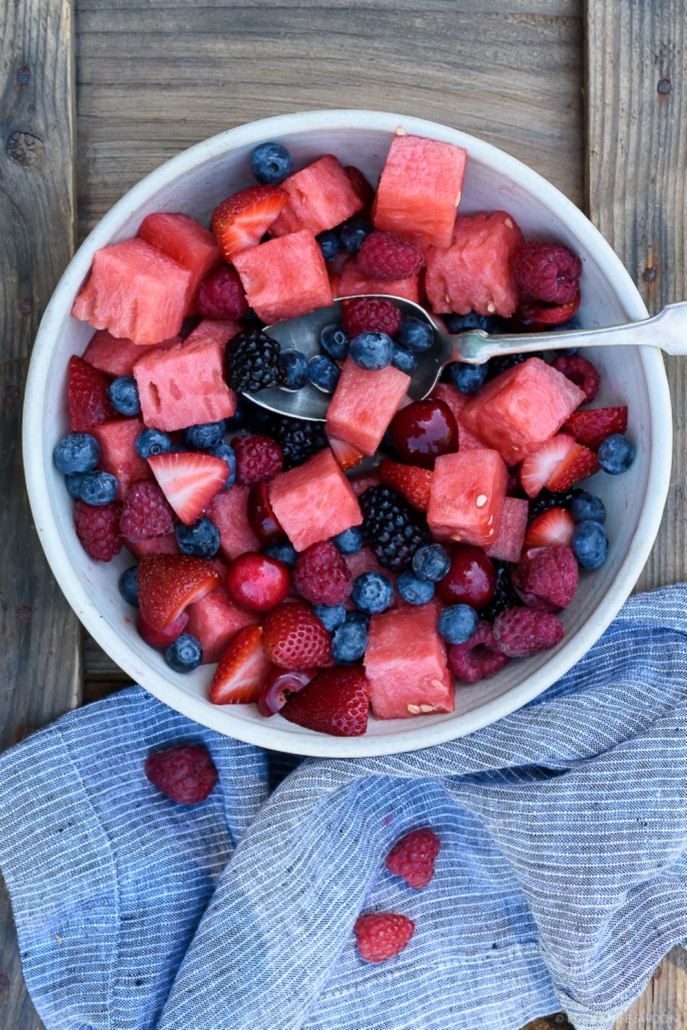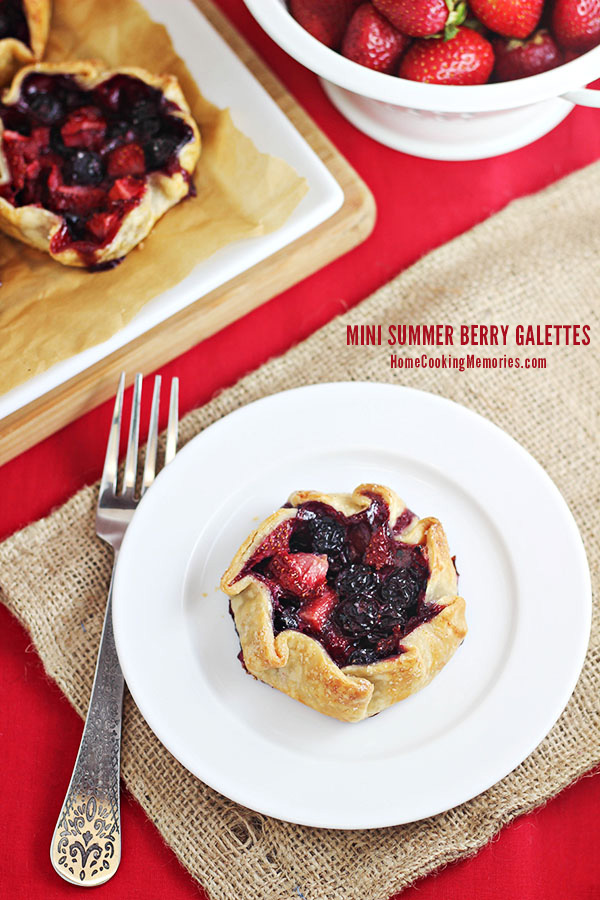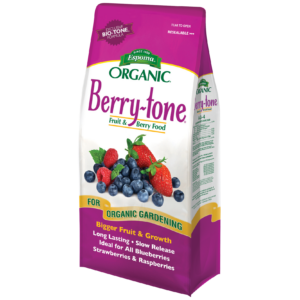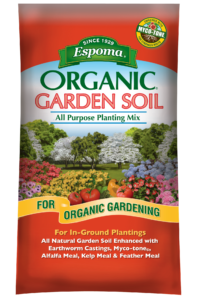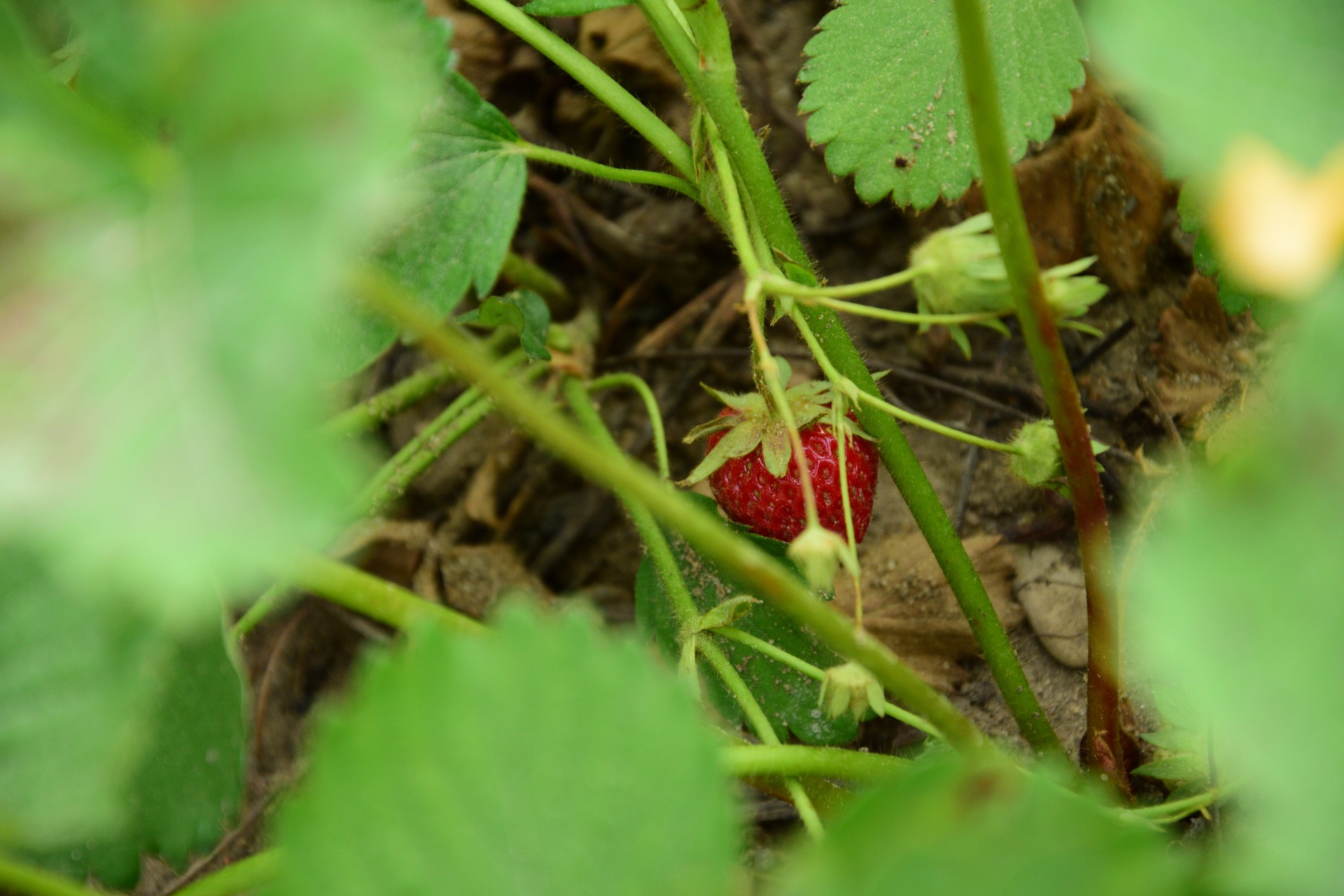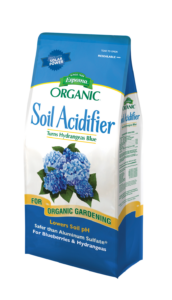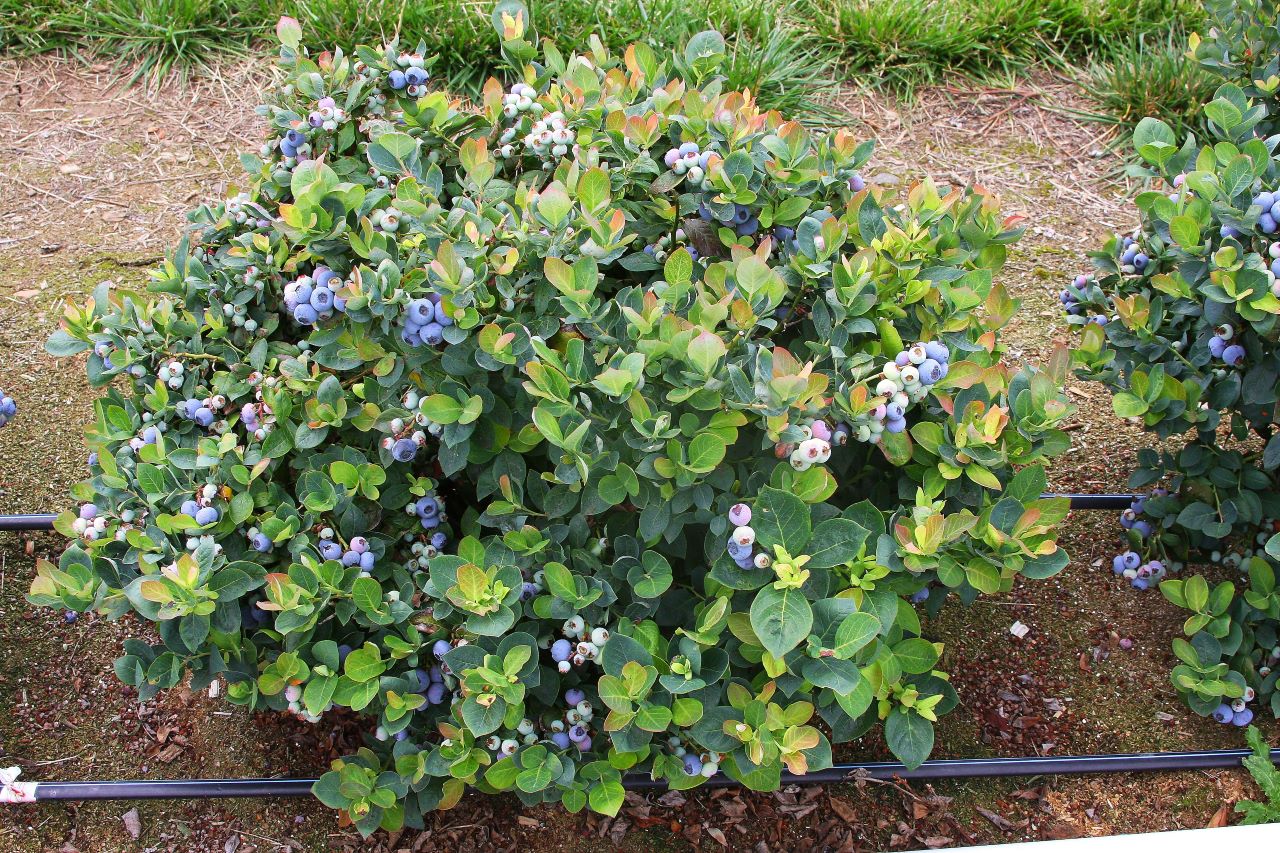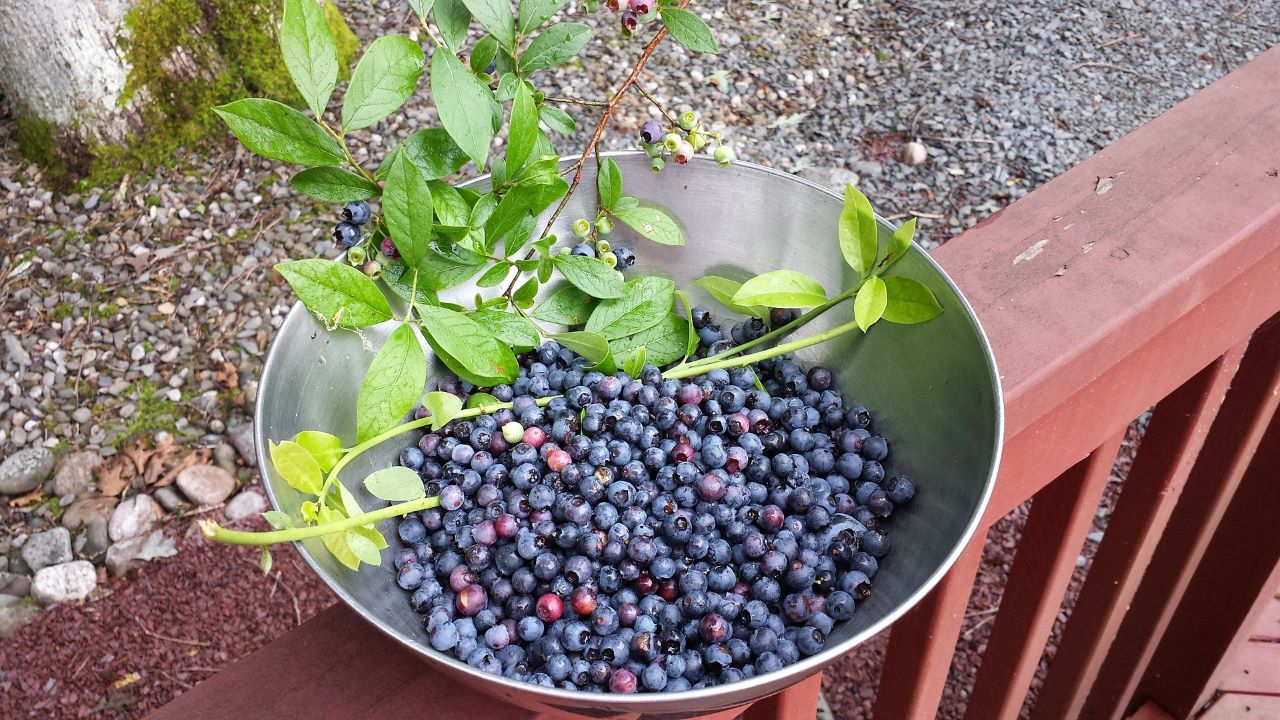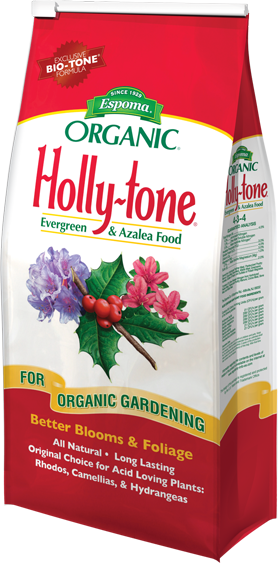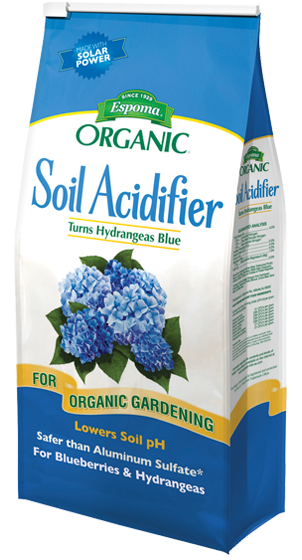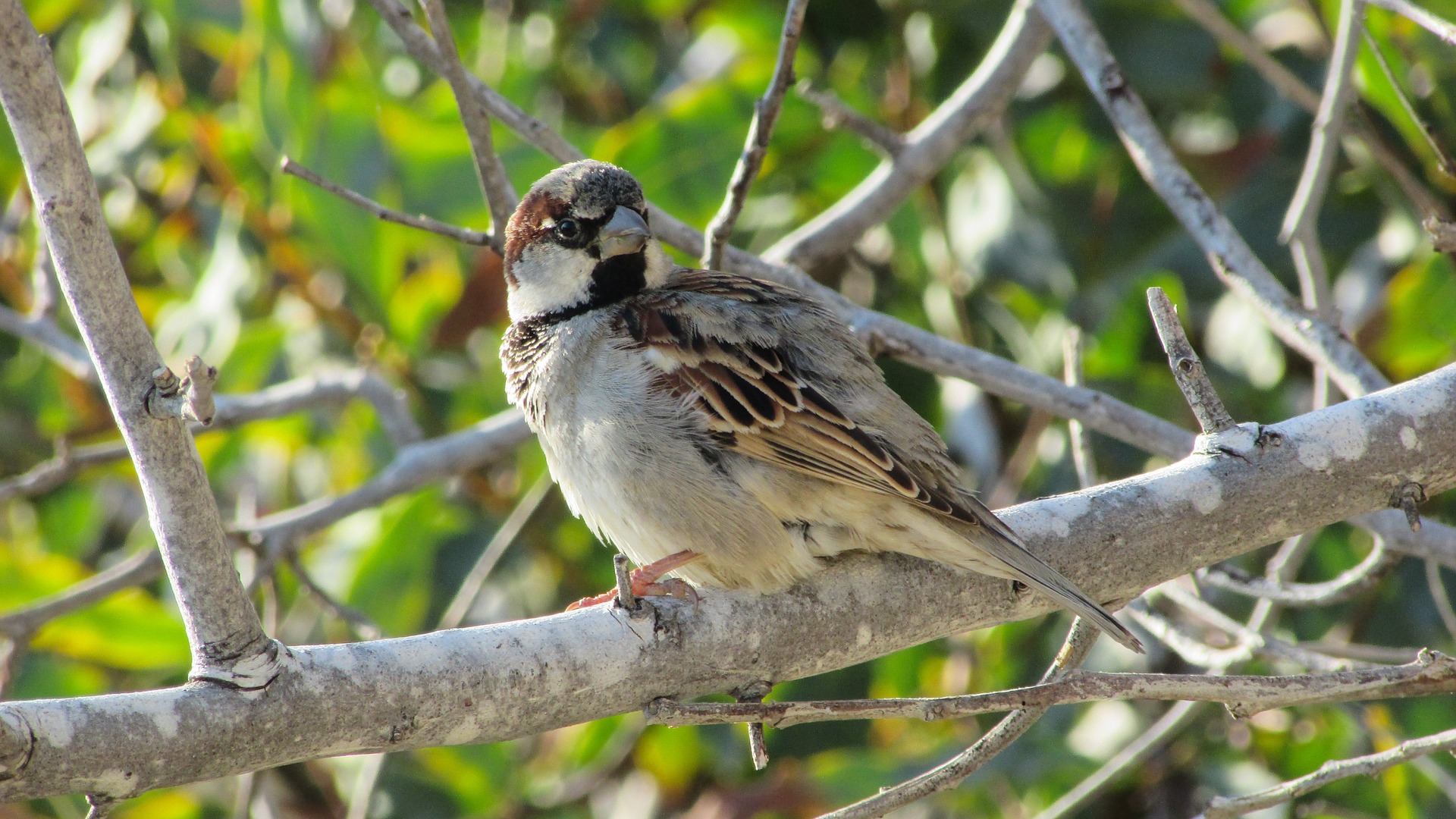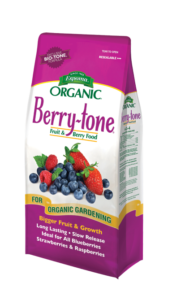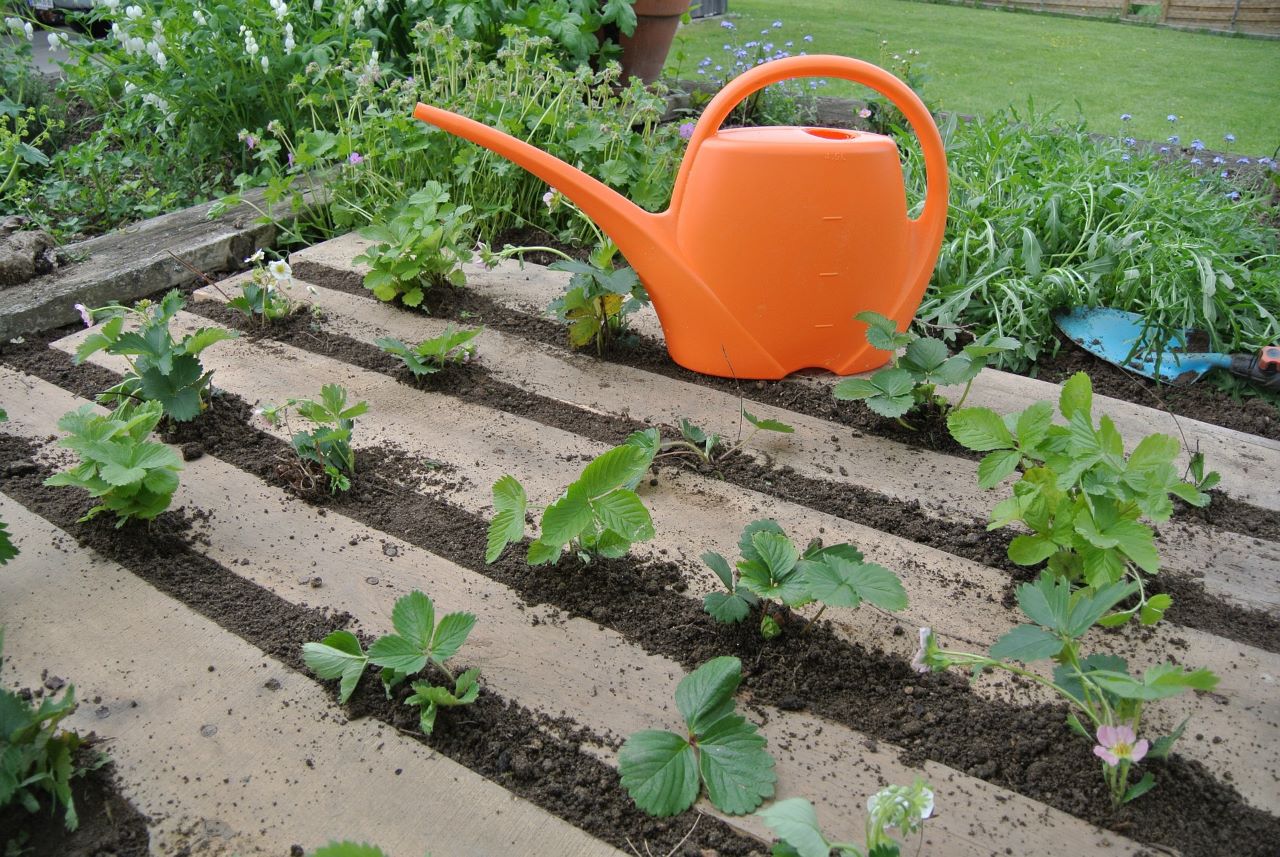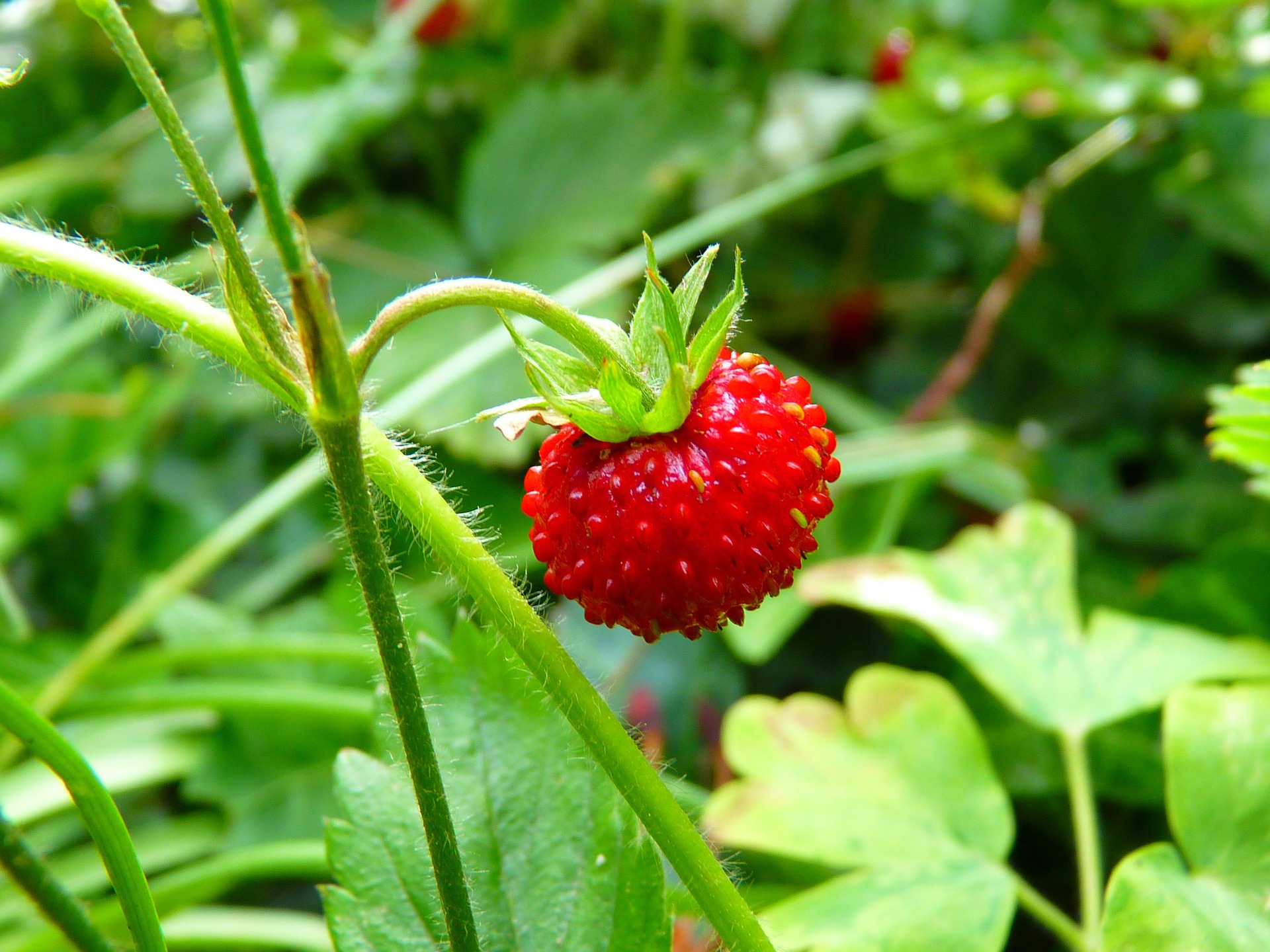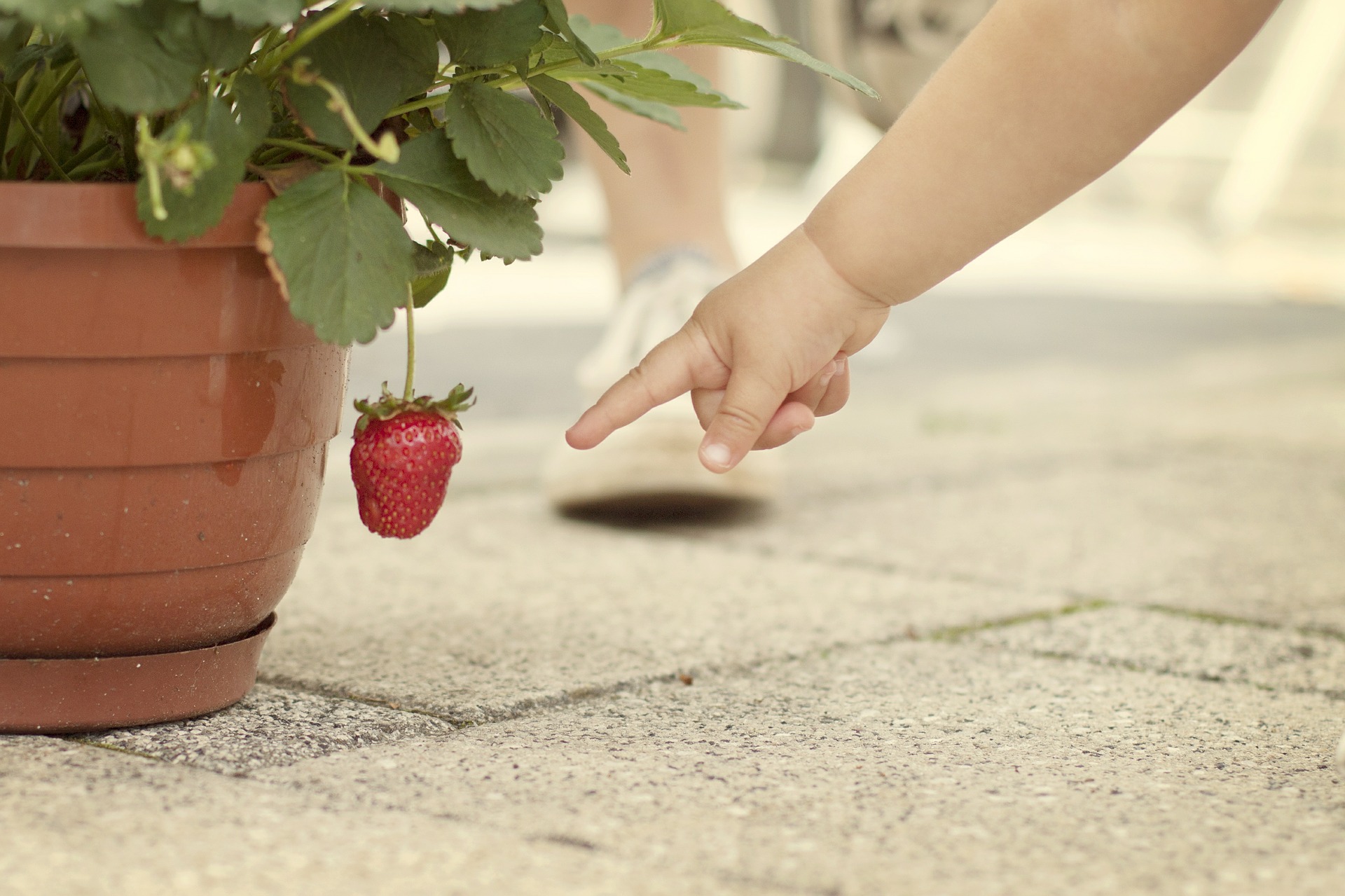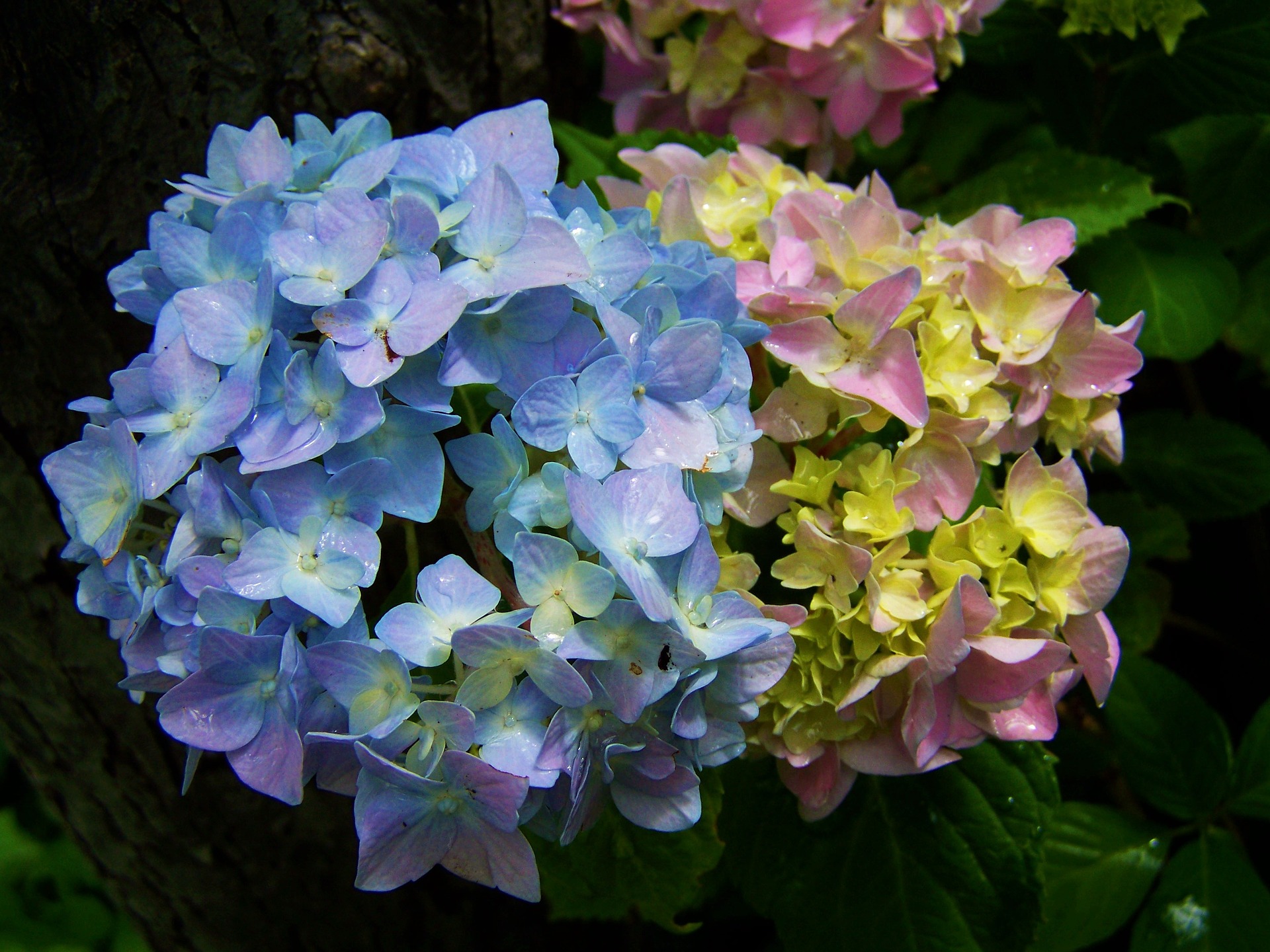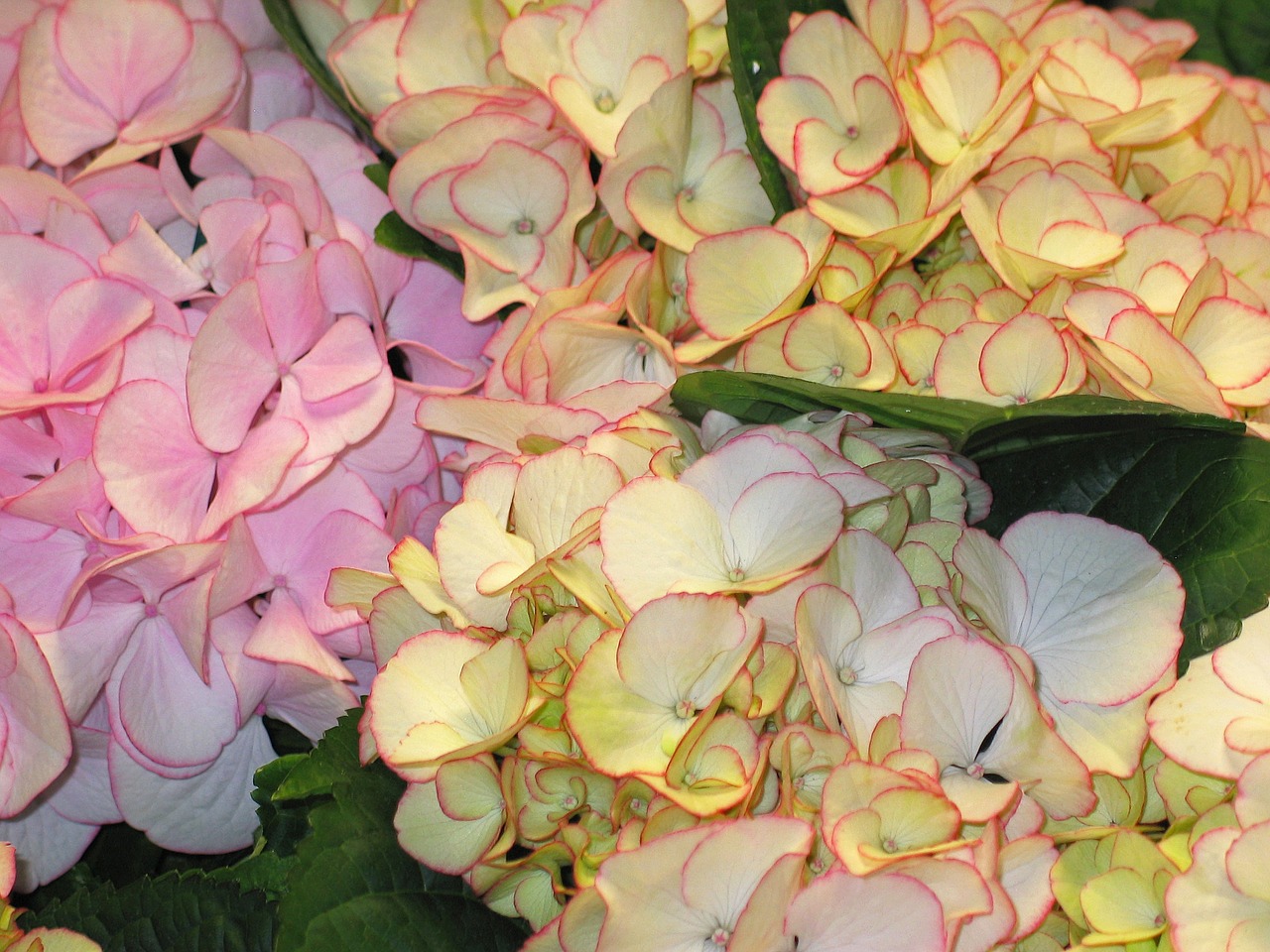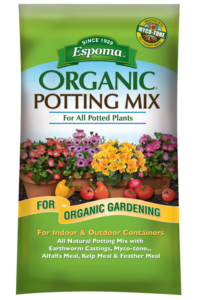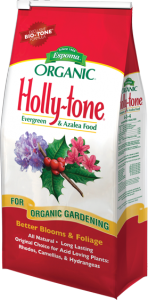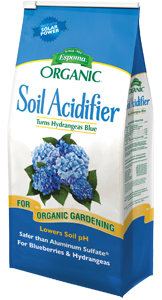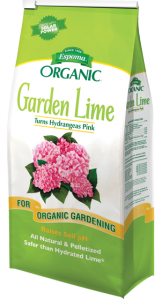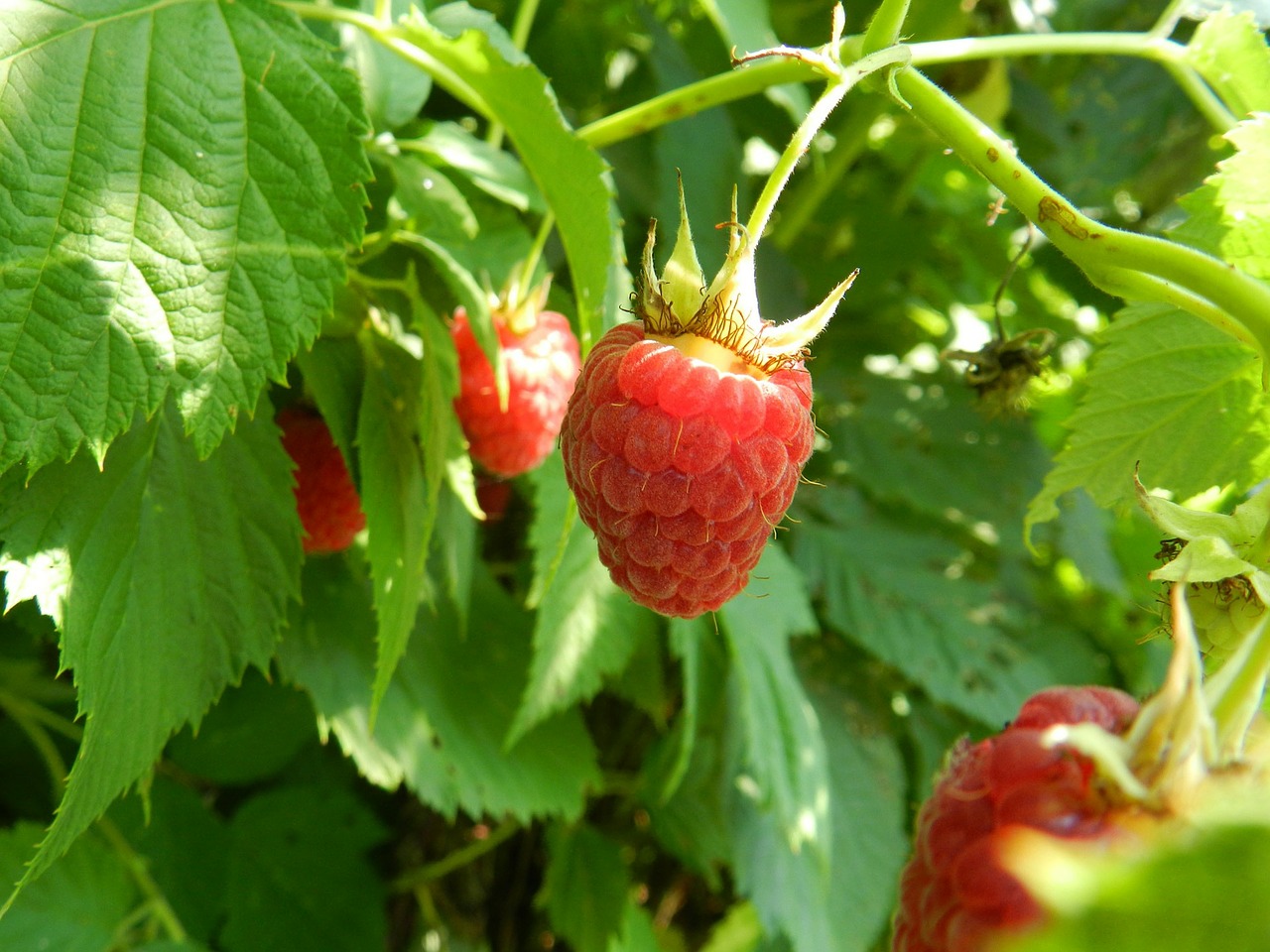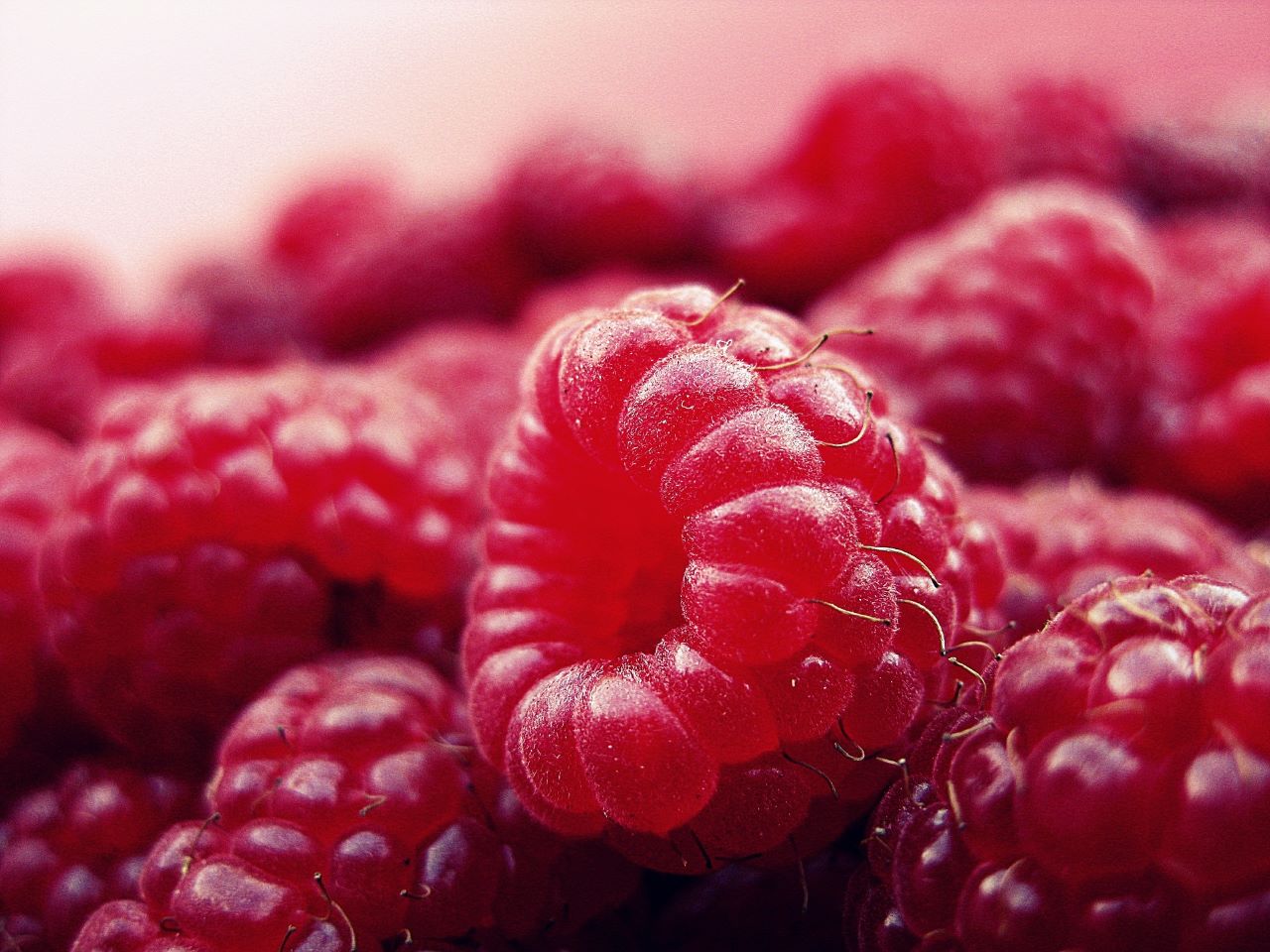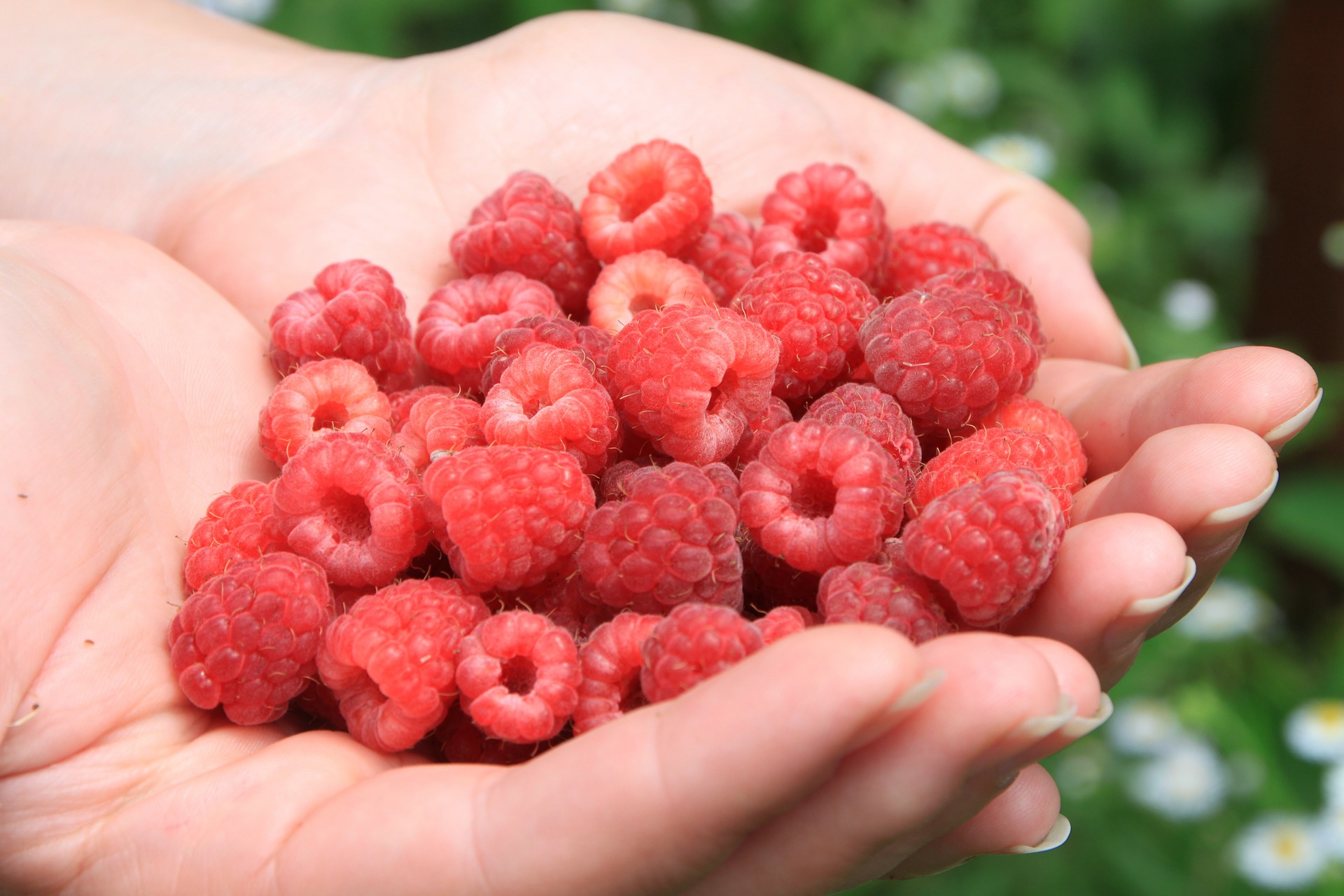Top 10 Small Space Gardening Solutions
Don’t let limited space discourage you from gardening. Whether you have a big backyard or a one-bedroom apartment, there are always plenty of ways to keep your living space green. If you have a green thumb but not a lot of space, container plants will become your best friend. When growing in containers, be sure to use Espoma’s Organic Potting Soil Mix for the best results.
Try these ten small-space gardening solutions.
Dwarf Blueberries
These delicious summer fruits are the perfect fit for growing in containers. Although they might be small, blueberries provide a ton of nutritional benefits. Potted blueberry plants provide more than just a healthy snack, too – they create beautiful foliage all year long.
Cherry Tomatoes
While certain varieties of tomatoes can grow very large, cherry tomatoes are perfect for small-space gardening. Grow cherry tomatoes in a sunny spot on your patio or balcony and pop them right off the vine when you’re ready to eat! Use Espoma’s Organic Tomato Tone for best results.
Hydrangeas
Choose a dwarf or petite hydrangea and the flowers and leaves will fill out the container in no time. Be sure to give hydrangeas plenty of light and water daily. For bright blue hydrangeas, you’ll need to perfect the soil’s pH level. Use Espoma’s Soil Acidifier for best results.
Succulents
Not only are they low-maintenance and easy to care for, succulents are also trending in the home décor world. With a huge variety – including cactus, aloe, sedum and many more – you’re sure to find a succulent you love. Plant in a sunny spot indoors or out and water as needed.
Herbs
Create a windowsill garden and fill with herbs. If you have a sunny spot in your kitchen, you’ll have fresh, homegrown herbs at your fingertips every time you cook. Basil, rosemary and thyme are easy to grow and essential in many delicious meals.

When it comes to choosing which berries to add to your organic garden, you can’t go wrong with summer’s favorite fruit — strawberries.
Strawberries
Another delicious berry to grow, strawberries can thrive in containers with the right care. Strawberries love sun, so place containers in a bright spot. Keep the soil moist, but keep leaves dry to protect your plants from disease. Before you know it, you’ll be enjoying the sweet tastes of this summer standard.
Sunflowers
While sunflowers can grow up to 12 feet tall, dwarf sunflower seeds produce much smaller blooms, typically measuring around 1 foot tall. They are perfect for small space gardening, and children love planting these bright flowers. Teach your kids about gardening by starting seeds together, caring for seedlings, and watching flowers bloom.
Fiddle Leaf Fig
These trees are very stylish indoor houseplants. The deep green leaves don’t grow too bushy, making fiddle leaf figs perfect for small spaces and empty corners. When cared for properly, fiddle leaf figs can grow up to six feet tall. These plants become a dramatic focal point in any room. Keep in a very sunny, warm spot and ensure the soil is well-drained.
Peace Lilies
Indoor houseplants have been proven to reduce stress and improve air quality. Peace lilies are one of the best providers of these benefits. Besides the health perks, peace lilies also provide beautiful bright white flowers contrasted with deep green leaves.
Peppers
Peppers are another edible perfect for small space gardening. Some peppers can even be grown on your kitchen table or counter. There are hundreds of varieties, so whether you live for the spice or prefer mild sweet peppers, you’ll find one you love. Peppers are typically compact and thrive in containers. Specific care may vary depending on the variety.
Ready to plant? Check out Garden Answer’s video on planting fruits and veggies in containers.
*****
Featured Products:

